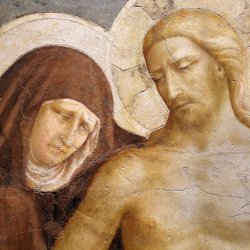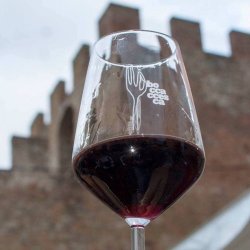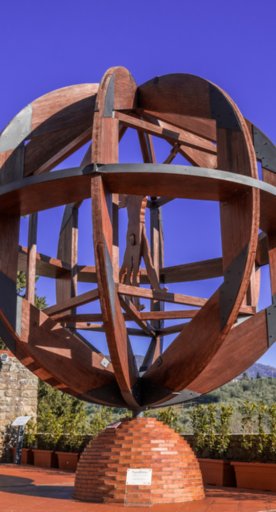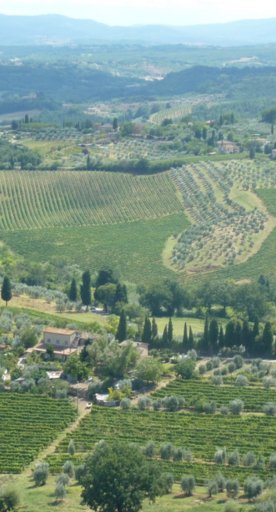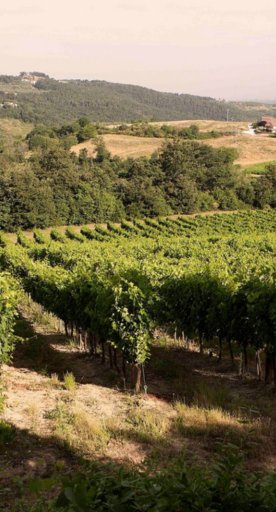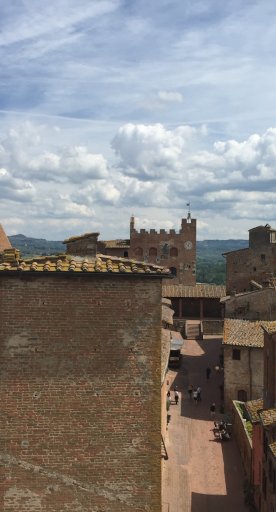

Walks and natural attractions in Terre del Rinascimento
The protected area of the Montalbano and the Fucecchio Marshes
Did you know that some of the greatest Renaissance artists were born in Tuscany? Leonardo da Vinci, for example, lived in a farmhouse surrounded by olive trees in Anchiano; Jacopo Carucci, best known as the Pontormo, had his house in a small hamlet of Empoli.
In Tuscany, we could almost delineate a new "Renaissance" theme region that includes the hilly landscape of the protected area of Montalbano (visit its villas and archaeological site) and the Padule di Fucecchio, the largest Italian swamp, rich in flora and fauna (especially waterfowl).
The "Terre del Rinascimento" - or Renaissance Lands - not only offer culture, traditions and history, but also numerous trails for nature hikes and family adventures.
-
1.A path to the slopes of Montalbano
-
2.Local food and wine
-
3.Birdwatching at the Fucecchio Marshes
A path to the slopes of Montalbano
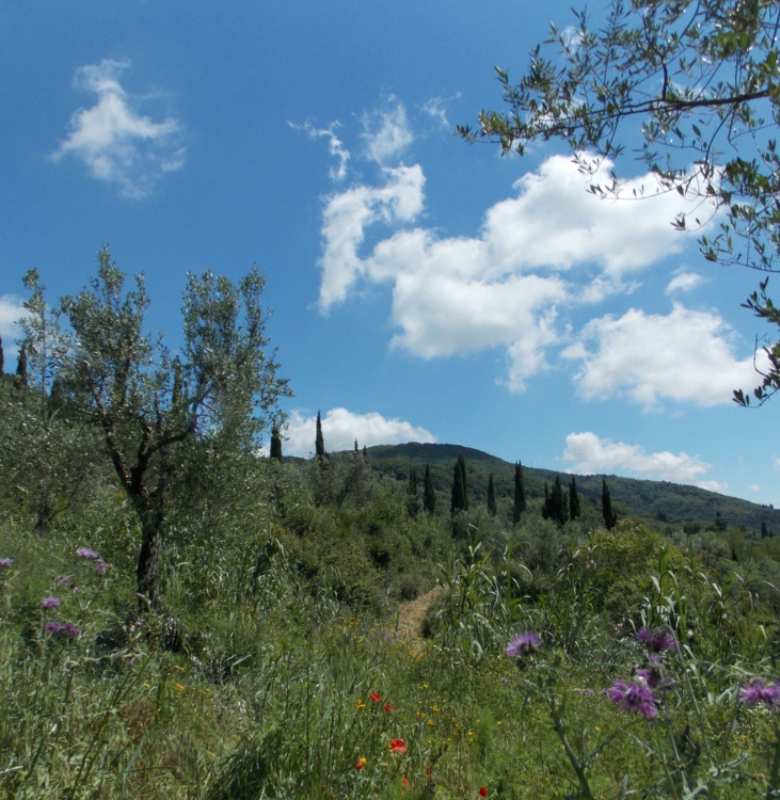
The protected area of the Montalbano extends northwards from Capraia e Limite and Vinci. The landscape is basically hilly, with vineyards on the flatter areas or, in some cases, on terraces, olive trees further up and chestnut woods on the summits. Between the 16th and 17th century about 4,000 hectares of the Montalbano were set aside by the Medici for the Barco Reale Mediceo, a vast hunting reserve surrounded by a perimeter wall. Some stretches of the original wall still stand today.
Montalbano is crisscrossed by an extensive network of footpaths and mountain-bike trails leading to hilltop country villages, archaeological sites and very old, mature wooded areas like the holm-oak wood of Pietramarina. For example, you can hike or ride your bike along the Green Road, until you reach Leonardo's House; you can then proceed to Santa Lucia and Faltognano with its centuries-old holm oak and the Church of S. Maria.
Other routes will take you to visit Vitolini, Montelupo Fiorentino and its treasures, such as the Romanesque church of S.Jacopo a Pulignano, the Villa di Bibbiani with the English garden created in the nineteenth century by Cosimo Ridolfi and the archaeological excavations of Montereggi.
Local food and wine
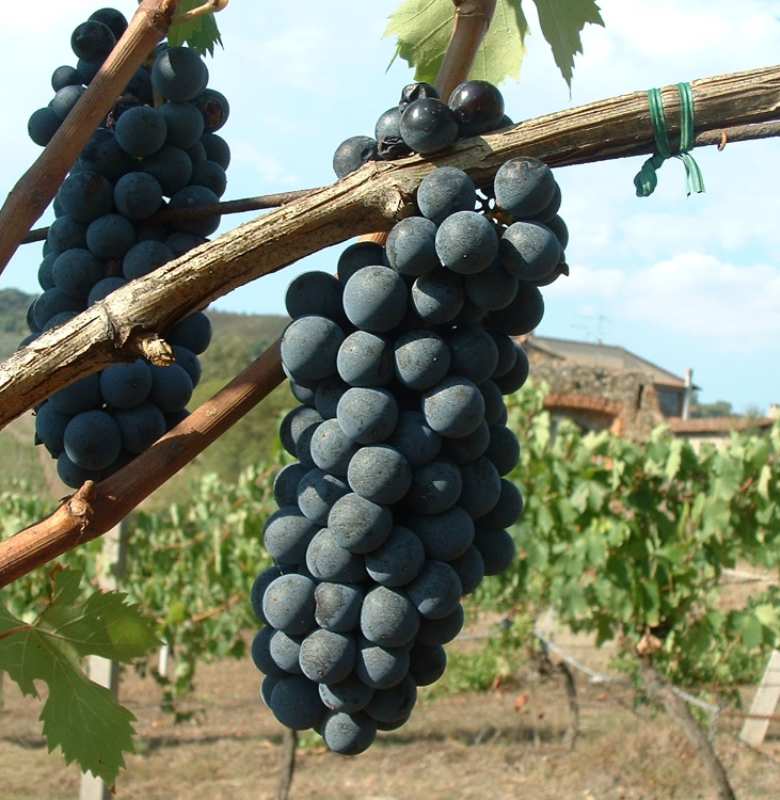
In the territory of Montalbano you'll also find the Wine and Olive Oil Roads, a thematic road dedicated to fine wine and olive oil production. The route covers the towns of Capraia e Limite, Cerreto Guidi, Lamporecchio, Larciano, Monsummano Terme, Quarrata, Serravalle Pistoiese and Vinci.
The local cuisine is rich in history and flavours. You should absolutely try the brigidini of Lamporecchio, of the sweet wafers with anise flavor, invented in a monastery; the excellent salami and the finocchiona; dried figs, also become a Slowfood guaranteed product; fine wines such as Carmignano DOCG and Vin Santo.
Birdwatching at the Fucecchio Marshes
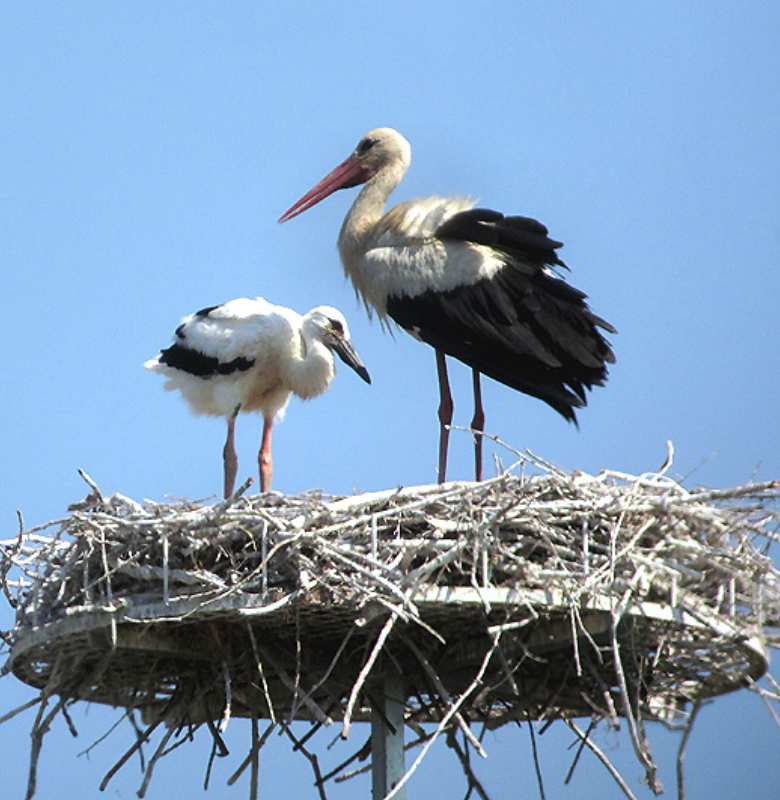
Between the province of Florence and Pistoia, the Fucecchio Marshes (or Padule di Fucecchio), with an extension of about 1800 hectares, is the largest inland swamp in Italy. It is also one of the last habitat for rare plants, among which the ninfoide with its beautiful yellow flowers as well as the white and yellow nymphs. It offers great attractions for birdwatchers, especially during the spring time. One reason of particular naturalistic interest is given by herons, cranes and black storks.
Inside the Padule there are 9 nature walking trails. The Center for Research, Documentation and Promotion of the Fucecchio Padule with its headquarters in Castelmartini, organizes guided tours for both adults and children, as well as programs for in-depth studies of environmental education.


